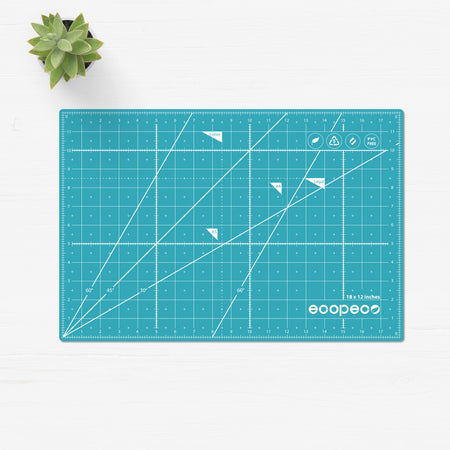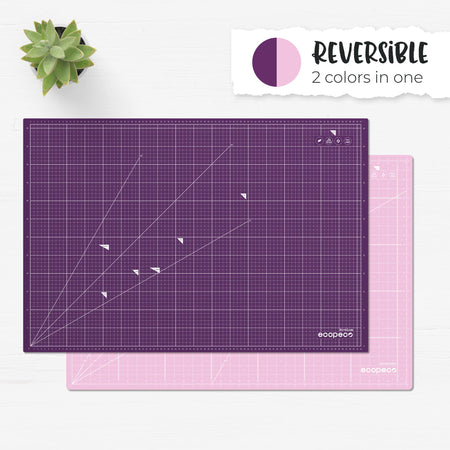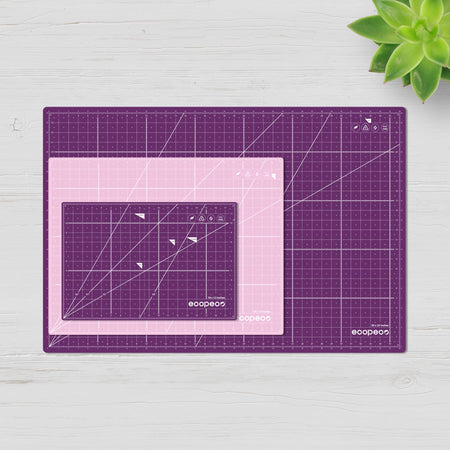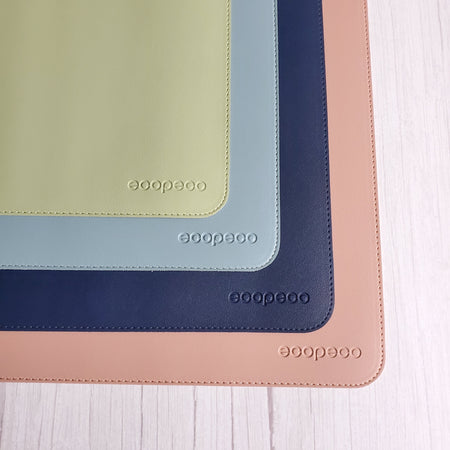Five Points for Purchasing a Cutting Mat
March 30, 2025 – Irene Lin
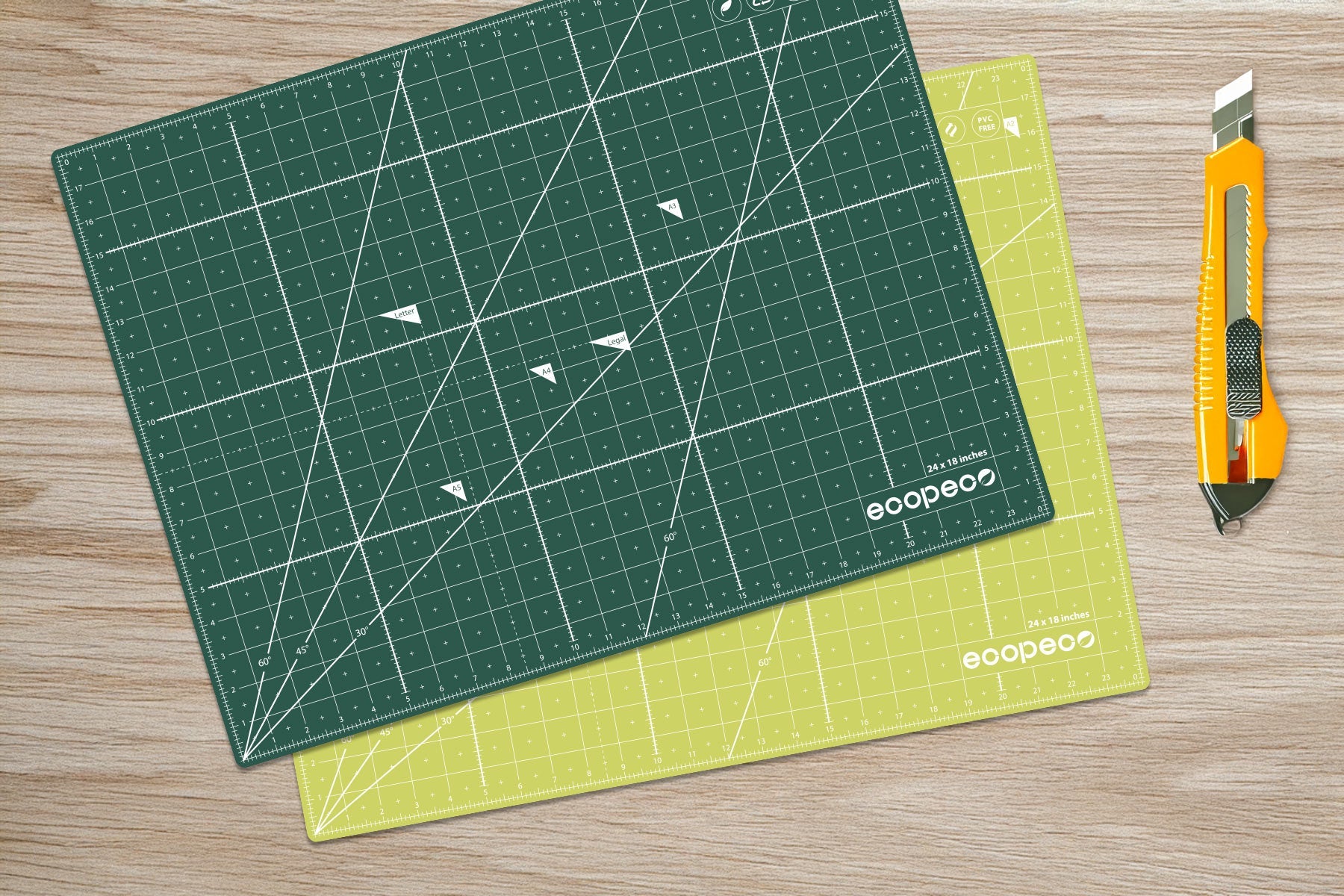
The usefulness of the cutting mat
A cutting mat not only protects your tabletop but also provides moderate cushioning, making cutting smoother and safer. It helps extend the life of your blade, and some mats even offer anti-slip features that help keep paper or fabric in place. If you want your cutting tasks to go smoothly and safely, a good cutting mat will definitely help you work more efficiently with less effort.
Here are five key points to consider when choosing a cutting mat:
1. Size
Choose a mat that’s larger than the item you’ll be cutting.
To avoid damaging your work surface, it’s best to select a cutting mat that’s larger than the materials you plan to cut. If you’re unsure about which size to get, 12x18" is a good place to start for general use. When in doubt, go bigger. Here are the most common sizes:
- 12x18" – Great for beginners, kids’ crafts, users with limited desk space, or those working on smaller-scale projects.
- 18x24" – Ideal for leather crafting, paper cutting, model making, sewing, and more.
- 24x36" – Best for fashion design, patchwork, studios, or classrooms where a larger work area is needed.

2. Material
Durable polyolefin resins (like PP) are a better choice.
Most cutting mats are made from either polyvinyl chloride (PVC) or polyolefin resins such as polypropylene (PP) or polyethylene (PE). PVC mats are more affordable but have a lower heat resistance (about 60–70°C) and can become brittle in cold weather. PVC also produces toxic fumes when manufactured or incinerated, which has raised environmental and health concerns.
In contrast, mats made from polyolefin resins like PP can withstand higher temperatures (100–120°C), are less affected by cold, and are more durable overall. They’re also non-toxic and safer for both users and the environment—making PP a great material choice for high-quality, eco-friendly cutting mats.

3.Colour
Pick a colour that contrasts with your materials.
Gone are the days when cutting mats only came in dark green. Now, you can find mats in a variety of colours, including red, blue, and more. When working with fabrics or paper, a colour that contrasts with your materials will help you see your work more clearly. Some mats are even reversible, with different colours on each side—perfect if you work with a range of materials and like to switch things up.

4.Ruler scale
Clear markings make for more accurate cutting.
While you may still use a ruler when cutting, a cutting mat with well-designed scale markings is invaluable for precise work. Look for mats with clean, easy-to-read gridlines. Some mats include layout markings for A5, A6, letter, or legal paper sizes—handy for quick sizing without needing to check dimensions online. High-quality mats also use bolder lines at regular intervals (like every 5 inches or 10 cm) for quick visual reference, which helps speed up your workflow.

5.Extend the use time
Double-sided mats last twice as long.
Double-sided cutting mats are a smart investment. When one side starts to show wear, you can simply flip it over and keep working. They’re often only slightly more expensive than single-sided mats, but they usually come with scale markings on both sides—offering double the value and twice the lifespan.


